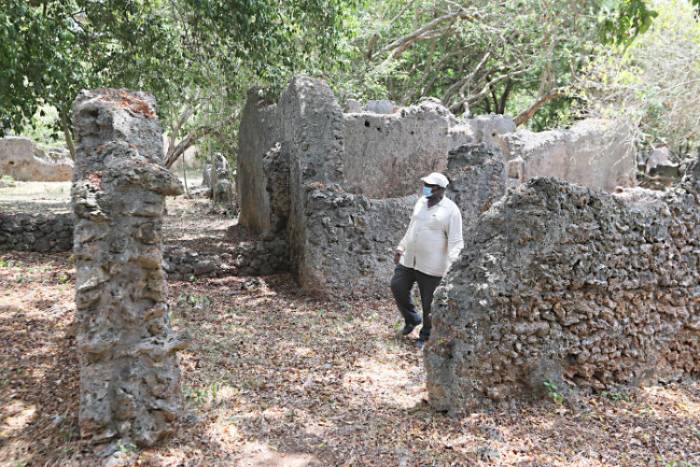×
The Standard e-Paper
Home To Bold Columnists

A section of Jumba la Mtwana Ruins in Mtwapa, Kilifi County, which is on the verge of being washed away by sea waves. The beach line fronting the site is also a breeding ground for endangered sea turtles. [Omondi Onyango, Standard]
The 600-year-old Jumba la Mtwana Ruins in Kilifi County is on the verge of collapse due to effects of global warming.